Next Monday, October 6, the comment period for the Notice of Proposed Rulemaking (NPRM) for Part 108 will close. A large number of organizations in the uncrewed aviation industry are planning to submit recommendations to the Federal Aviation Administration (FAA), but the National Airspace System (NAS) has more stakeholders than just drone operators, and future air taxi companies and those concerns would also like to have a say in the future law.
Traditional aviation membership organizations, such as the Aircraft Owners and Pilots Association (AOPA) and the National Business Aviation Association (NBAA), are likely to submit their comments to the federal agency by the deadline, but the question is “What would these traditional aviation organizations would like to see in the new law?”
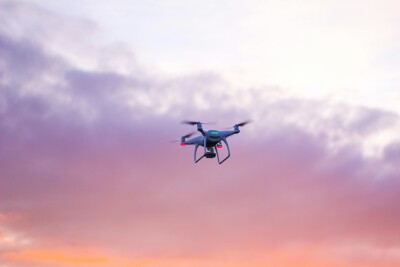
AOPA has publicly confirmed its intent to submit comments to the FAA regarding the NPRM for Part 108. In coordination with other low-altitude airspace users, including agricultural pilots, aerial firefighters, balloonists, and helicopter operators, AOPA is preparing a set of consensus recommendations aimed at addressing safety concerns in the proposed rule.
Their joint statement emphasized the need to preserve the safety of existing crewed aviation operations, particularly in low-altitude environments. It also criticized the FAA’s proposed right-of-way changes that would grant drones priority over aircraft not equipped with ADS-B Out (Automatic Dependent Surveillance Broadcast) or an approved electronic conspicuity alternative.
As for NBAA, while the coalition mentioned in AOPA’s statement does not explicitly include NBAA, there is no public confirmation yet of NBAA’s intent to submit comments. However, given NBAA’s historical engagement in airspace integration and UAS policy, it’s likely they will participate before the October 6 deadline.
(We reached out to NBAA but at the time of the publication of this article we had not received an official position.)
AOPA, on the other hand, has expressed specific concerns with the FAA’s proposed Part 108 rule centered on safety, airspace access, and the implications for crewed aviation. AOPA’s key objections are:
Safety and Airspace Integration
- Right-of-Way Changes: AOPA strongly opposes the NPRM’s proposal to give drones priority over crewed aircraft that lack ADS-B Out or an FAA-approved electronic conspicuity system. This would affect many general aviation aircraft, especially those operating at low altitudes for agriculture, firefighting, or recreation.
- Low-Altitude Operations Risk: The rule would allow BVLOS drone operations at or below 400 feet AGL (Above Ground Level) in FAA-approved areas, potentially increasing conflict risk with helicopters, balloons, and other low-altitude users.
Technology and Equipment Burden
- Electronic Conspicuity Mandates: AOPA argues that requiring crewed aircraft to install ADS-B Out or similar systems to retain right-of-way is unreasonable, especially for aircraft that operate safely without them today. This could impose costly retrofits on pilots who fly in rural or remote areas. Believe it or not, this is an old fight that dates back to 2010.
Coordination and Consensus
- Lack of Stakeholder Inclusion: AOPA is working with other low-altitude operators to present a unified response, but they’ve expressed concern that the NPRM was developed without sufficient input from the broader crewed aviation community.
Operational Oversight
- Automated Data Service Providers (ADSPs): The rule proposes that drone operators or third parties manage airspace deconfliction via ADSPs. AOPA questions whether this system will be transparent, accountable, and interoperable with existing aviation infrastructure.
These concerns reflect AOPA’s broader position that drone integration must not compromise the safety or operational freedom of existing airspace users. They’re urging the FAA to revise the rule to better balance innovation with legacy aviation needs.
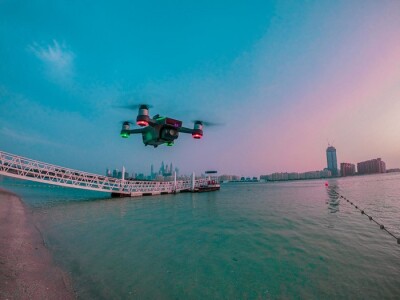
The good news in terms of forecasting expectations from these and other traditional aviation membership organizations is that we have a very recent precedent—the implementation of ADS-B in 2010 which became mandatory on January 1, 2020.
AOPA’s Position on ADS-B (2010–2020) could be labeled as a decade of “reluctant compliance,” as they fought the FAA tooth and nail. The period could be easily separated into two phases:
2010–2015: Opposition and Advocacy
- Cost Concerns: AOPA strongly opposed the 2020 ADS-B Out mandate, arguing that the $5,000–$10,000 cost per aircraft was prohibitive for many GA pilots.
- Equity and Access: They warned that the rule would disproportionately affect small operators and rural aviators.
- Privacy Issues: AOPA raised alarms about public tracking of aircraft via ADS-B data, advocating for anonymization tools like the Privacy ICAO Address.
2016–2020: Conditional Support and Mitigation
- Incentive Programs: AOPA supported FAA’s $500 rebate program for ADS-B installation, though they argued it was insufficient.
- Education and Outreach: They shifted toward helping members understand equipage options and compliance deadlines.
- Mandate Acceptance: By 2020, AOPA acknowledged the inevitability of the rule but continued to push for protections against misuse of ADS-B data—such as enforcement actions or landing fee schemes based on flight tracking.
In short, AOPA’s historical resistance to ADS-B was rooted in cost, fairness, and privacy. Their current opposition to Part 108 reflects those same concerns, now amplified by the potential loss of airspace access for non-equipped aircraft.
How about NBAA? Let’s keep in mind that members of AOPA and NBAA are two very different constituencies. The former appeals mostly to Part 91 small aircraft owners and pilots, and the latter appeals mostly to Part 135 (but not exclusively) and private owners who operate their own fleets in their non-aviation business. NBAA’s position on ADS-B has evolved over time, balancing support for modernization with strong concerns about privacy, security, and operational flexibility.
NBAA has traditionally and consistently supported the FAA’s broader NextGen initiative, which includes ADS-B as a key surveillance technology to improve airspace efficiency and safety. They recognize that ADS-B Out and In provide enhanced situational awareness, better traffic separation, and more precise ATC services, especially in non-radar environments.
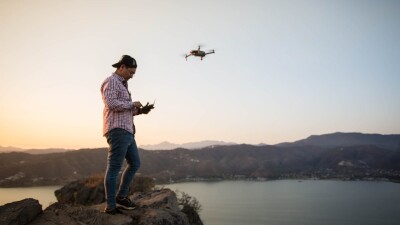
On the negative side, NBAA has raised alarms about the fact that ADS-B broadcasts real-time aircraft data—including position, speed, and registration—without encryption. This allows anyone with basic equipment to track aircraft movements. NBAA President Ed Bolen warned that competitors could exploit ADS-B data to deduce business strategies, client visits, or sensitive travel patterns and has pushed for and supports the FAA’s Privacy ICAO Address or PIA program, which allows operators to use temporary, anonymized aircraft identifiers to reduce public traceability.
NBAA supports ADS-B as a technological advancement but remains deeply concerned about its implications for privacy and competitive security. Their advocacy has helped shape FAA policies like the PIA program, and they continue to push for safeguards that protect business aviation interests.
In conclusion, even though we do not have access to their specific comments and recommendations to the FAA on the Part 108 NPRM specifically, it is easy to deduct from previous experience in similar circumstances that they will try to make it as painless as possible, financially and otherwise, for their members especially when it comes to protect the privacy of their members and their movements around the country.
It will be interesting to see, after everyone has submitted their comments and recommendations, how the FAA balances the needs and wants of an established industry with the aspirations of the drone industry and the promise of a new way of flying.

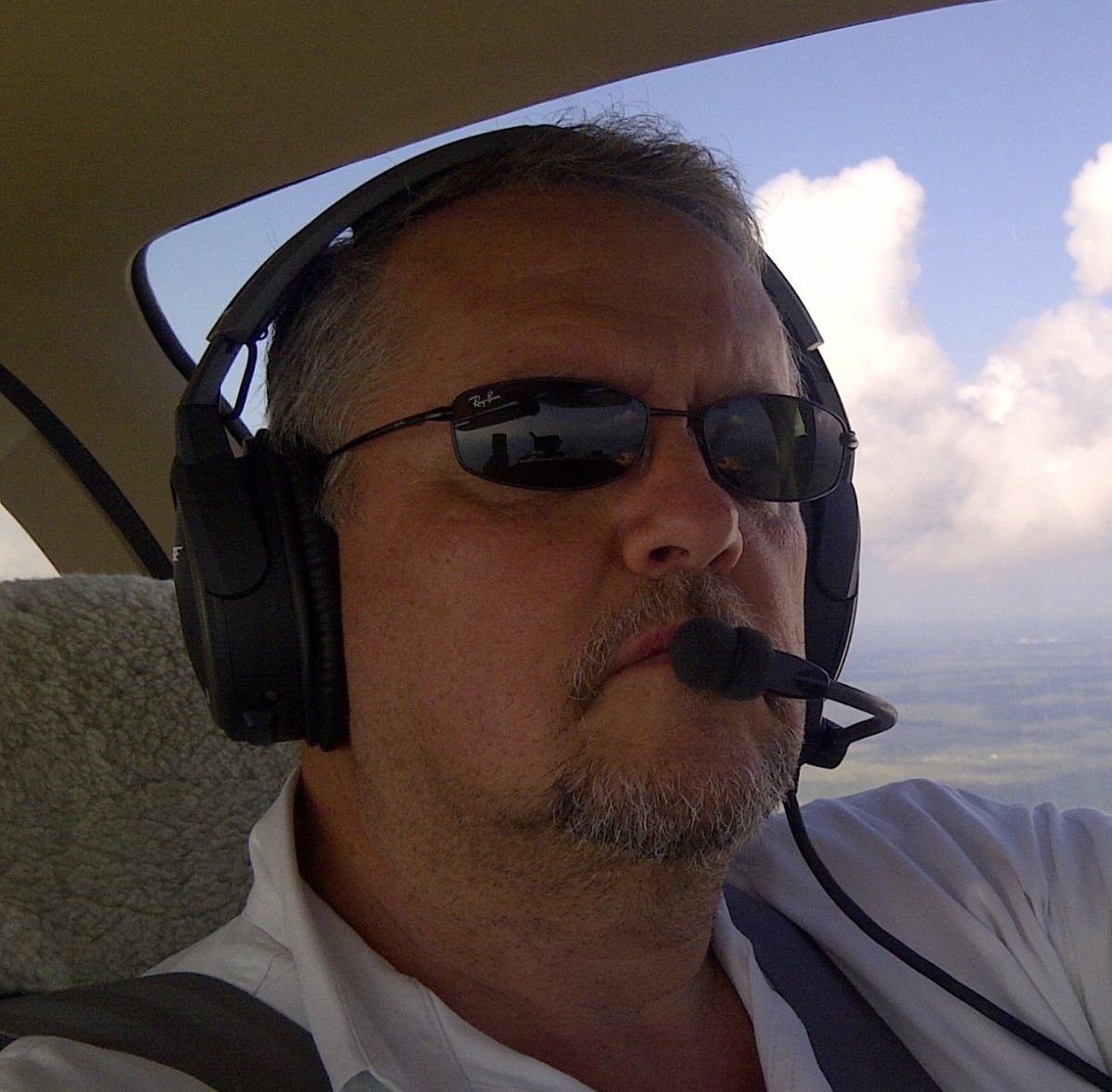
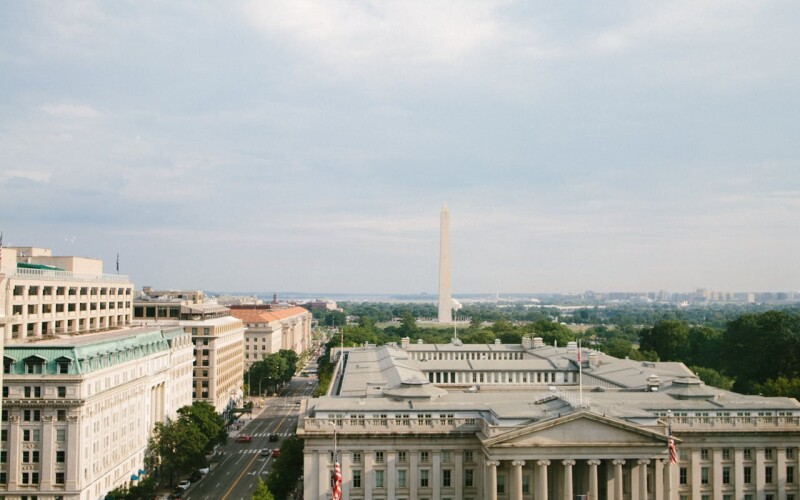









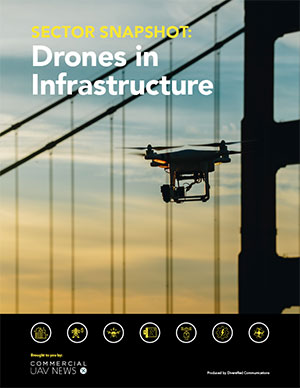
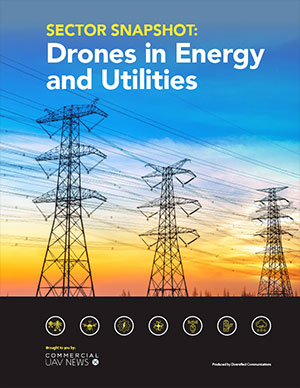
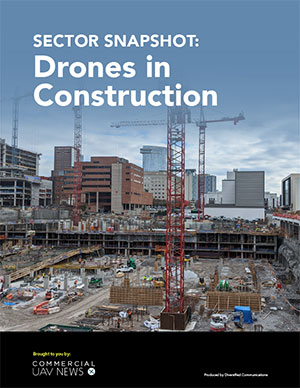
Comments